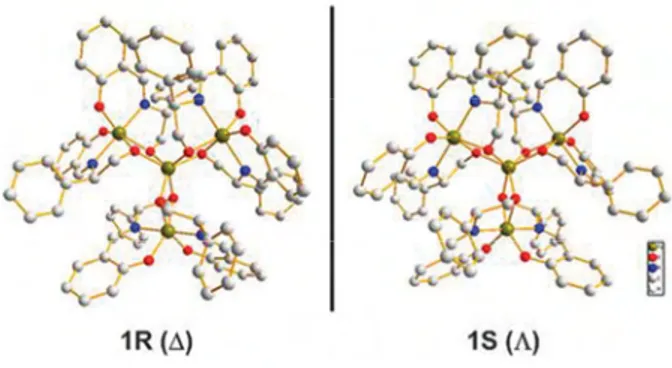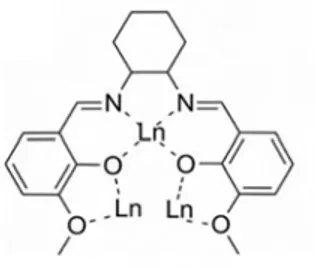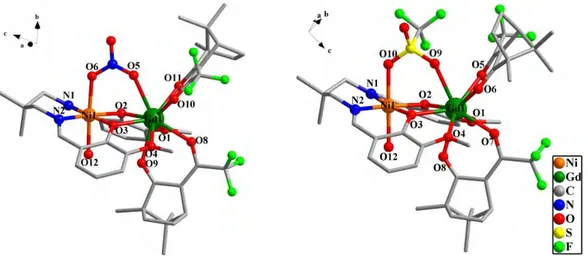Contrôle de la stéréochimie du centre Ln dans des complexes base de Schiff 3d-4f : application à l'élaboration de molécules-aimants chirales
Texte intégral
Figure
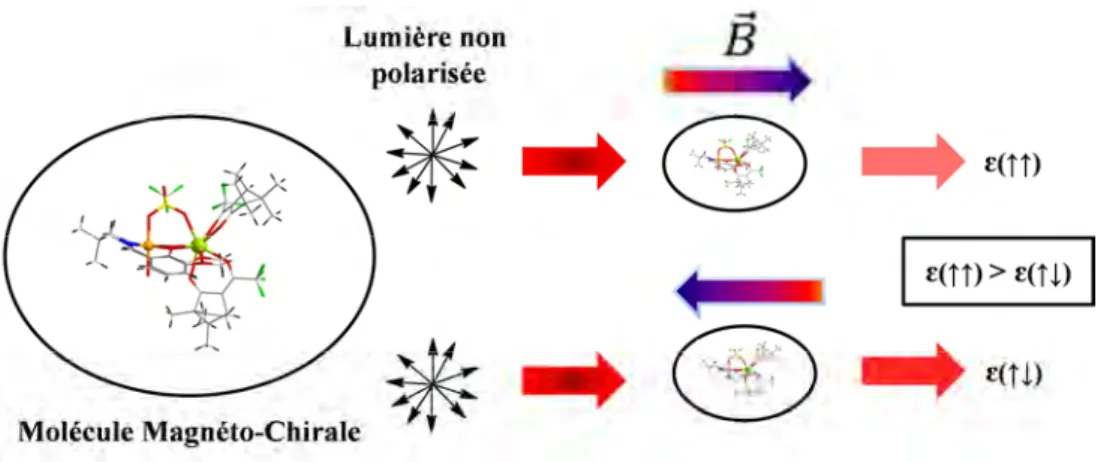
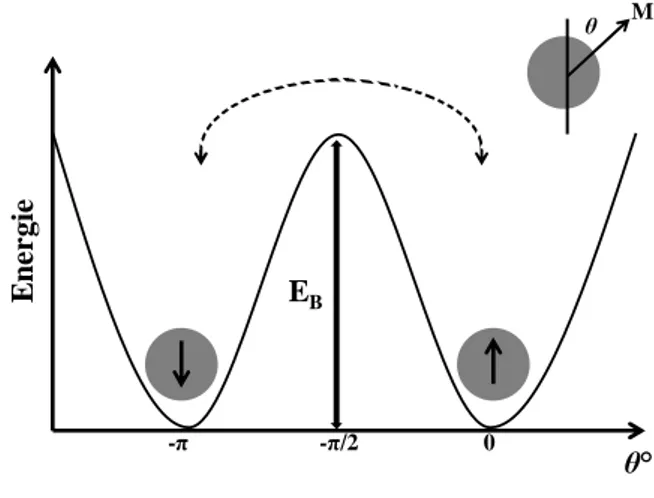
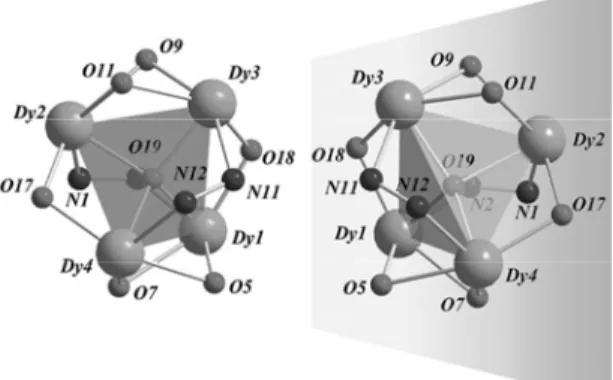

Documents relatifs
Interesting examples of SR-phase transitions observed in the (4f-3d)-compounds are the field- induced (metamagnetic) phase transitions, where the type of
Nous verrons que la flexibilité de ce type de ligand a permis de stabiliser une structure à sous-réseau inorganique 1D pour laquelle le magnétisme est très
1 Helicenes form a class of chiral molecules renowned for their intriguing physical properties, particularly their typical helicoidal structure and exceptional chiroptical
Looking at those travel agents who had undertaken e-learning it can be mentioned that on average a travel agent in the UK has participated in 7 courses,
L’absorption de la fonction imine (C=N) est persistante aux alentours de 1600 cm -1. La figure suivante représente le spectre IR du ligand 3.. La totalité des bandes de vibration de
This compound exhibits slow relaxation at 1.14 K and gives a six-line s ectrum with an effective hyperfine field of 530 kOe and an isomer shift of 0.50 m l s.. For this compound,
Figure 2 shows the 5p-3d and 4f-3d emission spectra obtai- ned for BaF„: the resonant lines are still the most intense ( li- nes 5) but the 5p-3d emissions in the excited state
